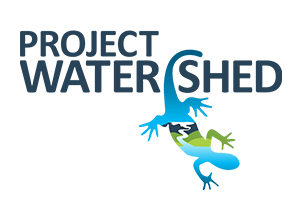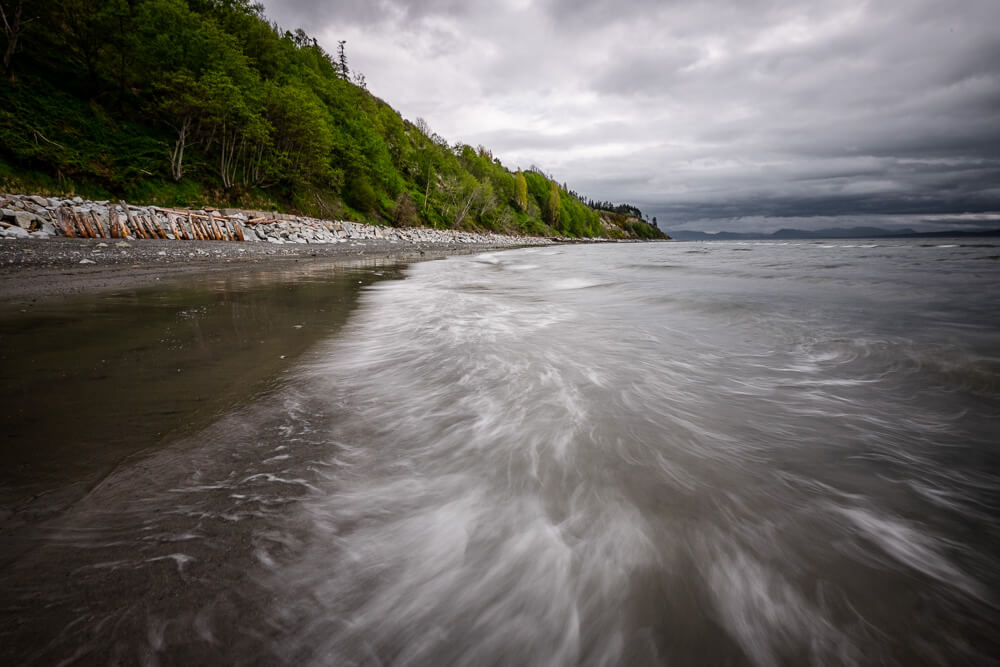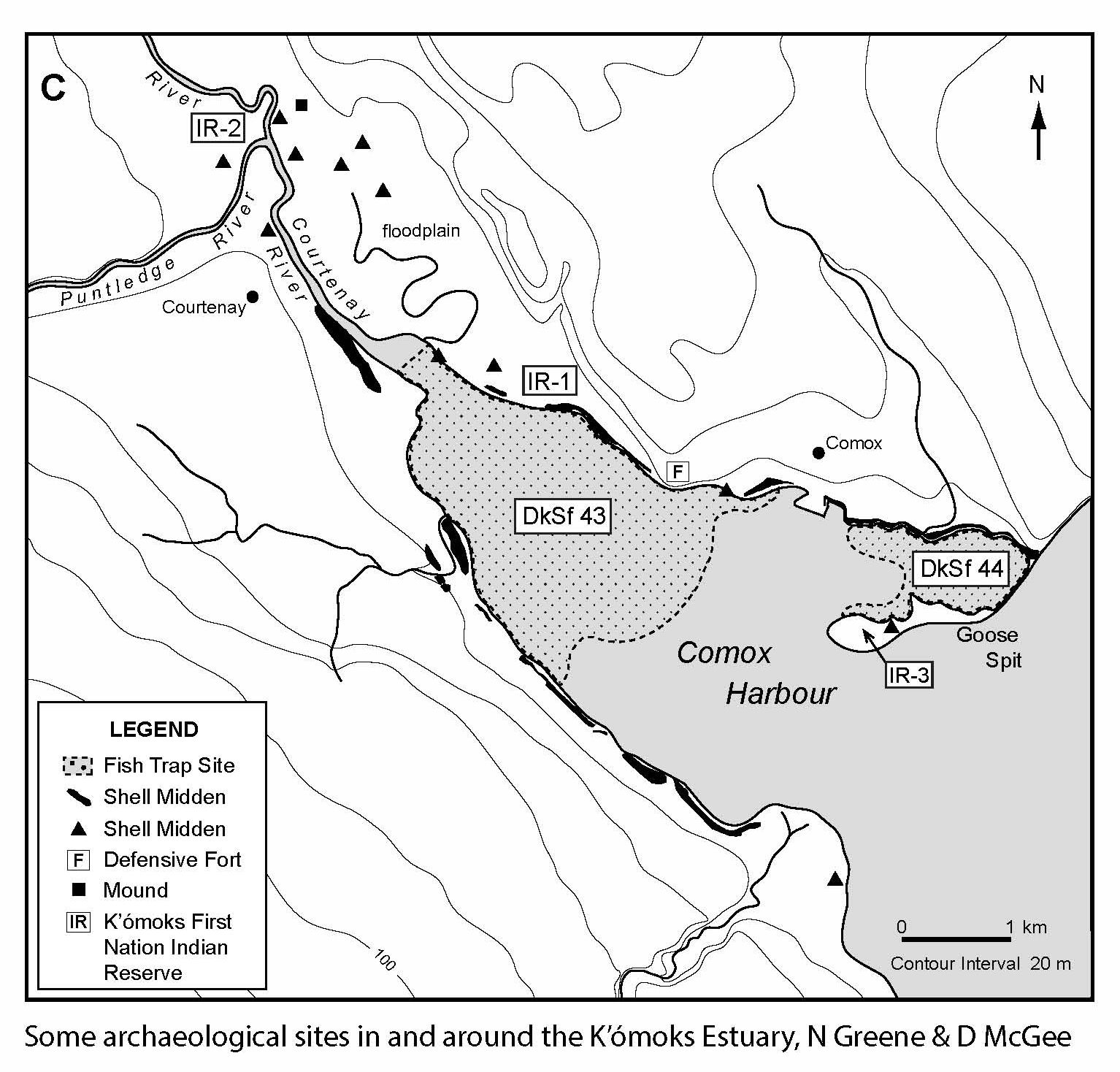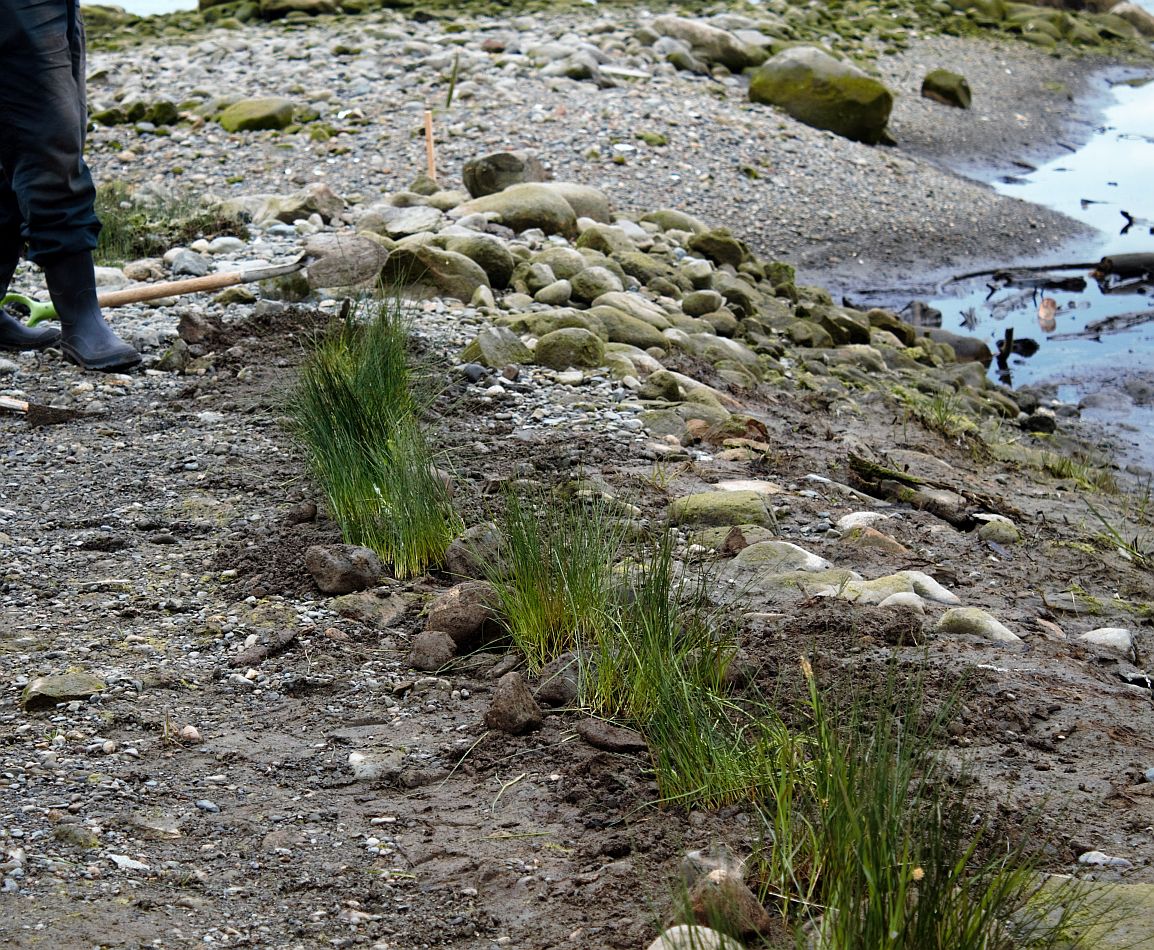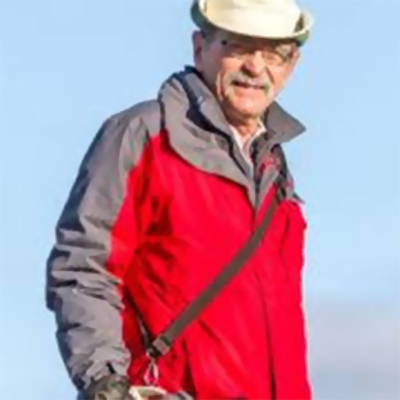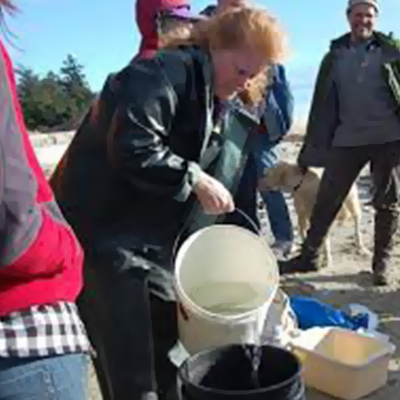K’ómoks First Nation
Local Archeology
The present-day location of the K’ómoks First Nation Village is the historical location of the Péntl’ech village of Kíxax. Péntl’ech, which means ‘buried belly’,was the name for the people and the area. The rich environment surrounding the village was capable of sustaining a large number of people. Evidence that natural food sources were abundant and available can be seen from the remnants of village sites, fish traps, shell middens, and processing sites scattered throughout the estuary; some of which are represented in the map of archaeological sites on this page.
Information from http://www.komoks.ca
Ancient Fish Traps
Human impact on shorelines
Both freshwater and marine shorelines provide work, recreation, living spaces and wonderful views. Their diverse habitats are often biologically rich and productive places.
Unfortunately, many human activities often harm these valuable natural features::
* Native trees, shrubs and grasses are cleared to make way for buildings, landscaping and views.
* Bulkheads, docks and piers displace beaches and erode sediments below the water line.
* Removal of shoreline vegetation allows contaminants to flow directly into the water.
* When prime wildlife habitats disappear, so do the birds, mammals, fish and beneficial insects and fish.
What is Green Shores?
Green Shores is an initiative of the Stewardship Centre for BC. It provides options and tools for a wide range of planning, design and construction professionals and landowners who are interested in minimizing the environmental impacts of their projects in a cost effective manner. Green Shores provides science-based tools and best practices to help people:
- minimize the impacts of new developments; and
- restore shoreline ecosystem function of previously developed sites.
Projects can also receive certification through a credits and rating system.
Why use Green Shores?
New strategies such as Green Shores help protect waterfront properties while also protecting and restoring habitats.
Benefits of Green Shores:
- Makes shorelines accessible, eliminating drop-offs and walls.
- Beautifies shorelines, adding native vegetation, wildlife habitat and access to waterfront shorelines and activities.
- Makes shorelines more secure against erosion and flooding, providing an alternative to costly sea walls.
- Provides a wide range benefits similar to the model of the popular LEED for Homes, BuiltGreen, and Sustainable Sites programs.
Green shores also protects against rising sea levels. And it can be used on a variety of shoreline types.
Media Team
Related Posts
Mallard Creek Restoration Update for 2024
Restoration work in Mallard Creek will continue this year, including invasive removal, restoring connectivity, and trial planting of a new riparian species. Volunteer events starting in September 2024.
Volunteer at Kus-kus-sum Chamber of Commerce Event
We are showing Kus-kus-sum off to businesses in the Valley through a Chamber Business to Business event. We are looking for a few volunteers to assist with this event.
Coastal Plant Monitoring
Get involved with our new vegetation community science monitoring program!
Spring Field Trips
Throughout May and June Project Watershed will be taking elementary school classes out on field trips to learn about estuary and coastal ecology and to assist with planting and plant maintenance.
Working Together to Identify Forage Fish Spawning Beaches
This year marks the 5th year of a partnership between Comox Valley Project Watershed Society and North Island College on a long-term study to examine intertidal spawning habitats of forage fish in the northern Salish Sea.
Glen Urquhart Update – Spring 2024
Latest news from Glen Urquhart restoration progress for spring 2024.

